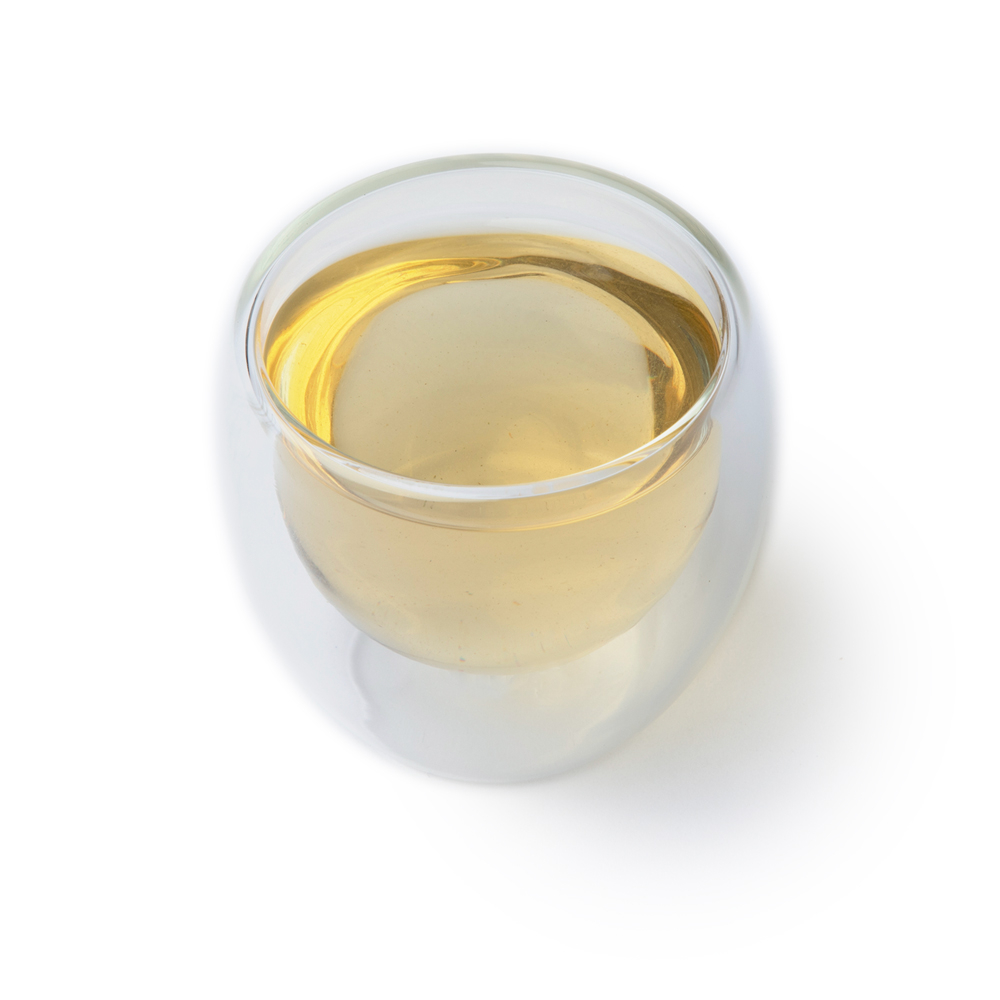Camellia sinesis (tea)
Tea (Camellia sinensis) is traditionally cultivated as a shrub. In many countries, tea is drunk to maintain general well-being. The sunny season in the growing regions results in an enrichment of the valuable components in the evergreen tea leaves. Green tea is particularly rich in catechins and chlorophyll, but also in amino acids, organic acids and vitamins.
Green Oats
Green oats (Avena L.) for tea are prepared from unripe green oats that are harvested before they are in full bloom. Green oats are very alkaline and contain numerous plant substances.
Elderflower
Elder (Sambucus nigra) scents us with its flowers between May and July. It likes to grow close to people and nestles against house walls and stonewalls. In late summer to autumn, the flowers ripen into berries. Its blossoms and berries and their uses were already known to the Celts, and its proximity to "Frau Holle" is reflected in its name.
Red clover
The red clover (Trifolium pratense) has many names such as Hummellust or Zuckerblümli. Red clover can be found in meadows and fields, in sparse forests between colline and alpine altitudes. As a cultivated plant for fodder production, it can be found all over Europe. Since the Middle Ages, red clover has had a firm place in monastery gardens and in botany.
Ginger
The term 'ginger' refers to roughly 60 species and belongs to the ginger family (Zingiberaceae). It is thought to have originated in India and Sri Lanka and is now cultivated in several subtropical and tropical regions. The plant can grow 50-100cm high, forms thick stems and long reed-like leaves. The flower shaft forms from the aromatic root and can grow up to 25cm long, where yellow-red to dark purple petals develop.
Conflower
The growth of cornflower (Centaurea cyanus L., Cyanus arvensis) has been controlled to such an extent that it almost became extinct. It is therefore now a protected species. From the eastern Mediterranean region it has spread throughout Europe as a so-called "cultivator", and can be found at altitudes of up to 1800m in the Alps. Our true cornflower originates from near-natural cultures on low-calcareous, permeable and nutrient-rich soils. Because of its high content of bitter substances and anthocyanin colouring it has a firm place in herbalism.
Birch Leaves
The birch (Betula pedula) belongs to the birch family (Betulaceae). There are about 40 species of birch, ranging from Central Europe to Asia and America. The most common in our latitudes is the silver birch. It is known above all in European tradition as the "spring tree" and its black and white bark makes it stand out. Both the leaves and the bark of the tree have a long tradition of both internal and external use.
Rooibos
Rooibos (Aspalathus linearis) prefers the hot, dry climate of the South African mountain regions. Here, the small needle-shaped leaves of the shrub-like plant are traditionally drunk as a tasty tea. Although this tea contains few tannins, it is particularly rich in minerals. The rooibos leaves develop their mild yet intense aroma and their typical reddish-brown colour during the fermentation process.
Linden Flowers
The flowers of the linden tree (Tilia platyphyllos Scop.) is a summer variety and its flowers are widely used in herbalism. This European species can live up to 1000 years, but is hardly ever found in the wild. The hanging flowers appear sround the summer solstice between June and July, and are harvested at this time. While the leaves of the large-leaved linden are up to 15cm in size, those of the small-leaved linden are relatively small at around 5cm. These raised trees grow up to 40m high and are very popular with bees.
Juniper
The juniper (Juniperus communis) originates from Central- and Northern Europe, particularly the Alps. Juniper shrubs, which are said to originate from the Mediterranean region, belong to other plant species that are closer to cypresses than the Central European species.
Rose
Originating in moder-day Iran, the rose (Rosa centifolia) was brought to Europe by Charlemagne as a fragrant and useful plant. As well as a world-recognised symbol of love, it was also been held in high regard by ancient Greek and Chinese civilisations, who revered the flower for its many purposes. Today, Iran has more rose varieties than anywhere else in the world.
Gentian
When we think of gentian (bot. Gentianceae), most people think of the blue flowering gentian. However, for internal use, the root of the yellow gentian is used for its beneficial components and the many bitter substances found in its roots. With a bitter value is over 10,000, gentian is one of the most bitter native plants in the world.
















